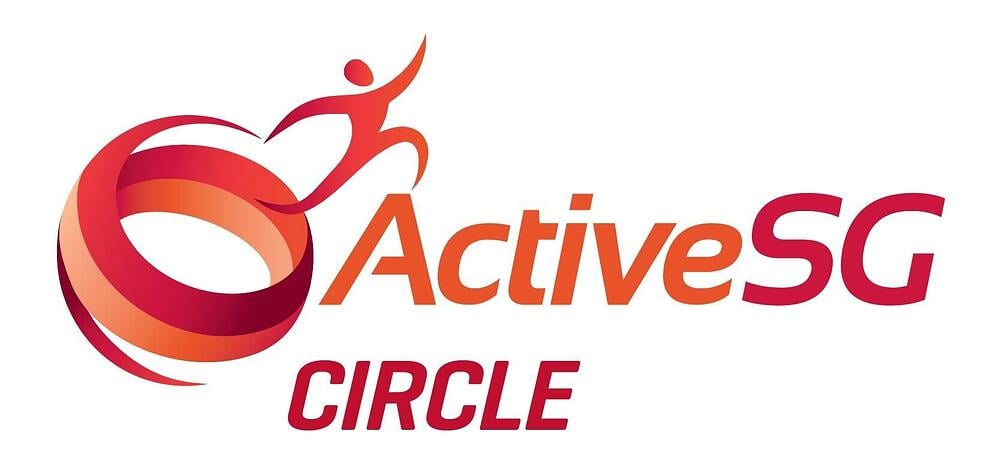This learning journey is supported by the Sport Nutrition Team at Singapore Sports Institute.
Keto (short for ketogenic) diet is a low-carbohydrate, high-fat diet. The depletion/lack of carbs in one's body will force the body into a metabolic state called ‘Ketosis’. When that happens, the body begins to efficiently burn fats for energy and can cause massive reductions in blood sugar and insulin levels.
There are several types of Keto Diets:
1. Standard Keto Diet: This is a very low-carb, moderate-protein and high-fat diet. It typically contains 75% fat, 20% protein and 5% carbs.
2. Cyclical Keto Diet: This diet involves periods of higher-carb refeeds, such as 5 ketogenic days followed by 2 high-carb days.
3. Targeted Keto Diet: This diet allows you to add carbs around workouts.
4. High-protein Keto Diet: This is similar to a standard keto diet but includes more protein. The ratio is often 60% fat, 35% protein and 5% carbs.
The human body needs food for fuel all the time. Typically, fat fuels low intensity exercise and rest, while carbs fuel high intensity exercise. Hence casual gym goers could begin with the Standard Keto Diet.
“Hard-core” gymers, however, can take it a notch higher and attempt the Targeted Keto Diet. Because their bodies would be depleted of energy after a strenuous gym workout session, any carbohydrate food taken would be effectively utilised to replace the energy.
For the rest of us, I would advise starting with the Cyclical Keto Diet for a month to condition your body to adjust and gradually accept the low-carb diet. This would reduce the ‘cold turkey’ effect too! You could reduce the carbs intake by 50g for three days to a week, until you reach your target intake (20-50g / day).
3 Tips for the new Keto-dieter
#1 Pay attention to your bodily changes and decide if it’s right for you
During ketosis, your body might undergo tremendous stress because of the dietary changes and switching to being a fat-burner instead of a carb-burner. This process is called metabolic flexibility. Some of the side effects you may face include:
-
- Pimple breakout from the lack of water and heatiness caused by high protein intake - - Constipation due to the lack of vitamins and nutrients mainly from not eating fruits and vegetables
- - Dizziness caused by the reduced sugar and salt intake
- Short-term lethargy as your body adjusts to the carb restrictions
Of course, not all is doom and gloom with the new diet! I’d strongly recommend you to drink more water during this period, add more soluble fibre e.g., ground flaxseed and consume extra salt with your food to mitigate these side-effects (drinking 1-2 cups of broth soup a day also helps).
#2 Listen to your body
There is a very fine line between pushing your body limits and over-doing it. Keto adaptation differs from person to person so I would simply say: follow your gut and listen to your body. If you feel that the diet is not working, change it. If you feel lethargic and unmotivated to do anything, break the cycle and add a little carbs. There is no hard and fast rule in any diet plan - every individual will have his/her own unique experience.
I have always been a strong believer in taking the first step to try something new as only then will you know what works best for you. So be flexible, but also be firm with yourself and disciplined to stick to the plan.
#3 Protein-up!
Sometimes, the lack of carbs makes us feel hungry and crave for snacks. Well the rule of thumb is to eat more proteins. For example, if your normal diet comprises a bowl of rice and 200g of chicken meat, going keto would still mean the same amount of protein, but add more vegetables and fat e.g., coconut curry sauce, olive oil or nut butter satay (vegetables and fat are filling at meal times!).
However, I do experience hunger still, so I add extra protein snacks in between meals like almonds, cashews and peanut butter. This would ensure adequate protein intake during meal and snack time!
Occasionally, I will get a tablespoon of peanut butter or 12 (yes, I do count them!) almonds at random times throughout the day.
Do note that the maximum daily protein intake guideline for keto is 1.5g of protein per kg of your body weight! So for someone who weighs 70kg, this equals 105g of protein per day. Keep this in mind when you include protein in your diet, as too much protein can kick your body out of ketosis!
In Summary
Keto is scientifically proven to help one lose weight. It is also a mental and physical game to bring your discipline to the next level. So I would advise you to acquire the basic foundation of maintaining a constant exercise schedule, making a conscious choice to opt for healthier food and most importantly, find that inner motivation before attempting keto diets.
On that note, let me leave you with this question for now: Why do you want to go through fitness training and dieting? Is it to get healthier, gain self-confidence, train up your discipline.. Or?
I found my purpose to change to a keto diet along with my fitness plan, and I hope you find within yourself a reason to push forward in your journey too.
Read more about Bryan’s fitness journey here.
The article is based on the research of our YouthCreators.
Content by: Bryan Phang
Mawer, R. M. (2018, July 30). The Ketogenic Diet: A Detailed Beginner’s Guide to Keto. Healthline. https://www.healthline.com/nutrition/ketogenic-diet-101
Gunnars, K. B. (1989, March 31). 44 Healthy Low-Carb Foods That Taste Incredible. Healthline. https://www.healthline.com/nutrition/44-healthy-low-carb-foods










%20(1).png)